Understanding Large-Cap Stocks in Global Markets
Introduction
Large-cap stocks represent companies with substantial market capitalization, often exceeding $10 billion. These firms are industry leaders, offering stability, strong financial performance, and long-term growth potential. International large-cap stocks provide investors with global diversification, reducing risk while capturing opportunities across different economies. Key regions such as North America, Europe, and Asia dominate the large-cap landscape, with companies spanning technology, healthcare, finance, and industrial sectors. Understanding these market leaders helps investors refine their portfolios and align with global economic trends.
North American Large-Cap Stocks: Stability and Market Influence
North American large-cap stocks dominate global markets, offering stability and strong financial performance. Companies like Apple AAPL and Microsoft MSFT lead the technology sector with massive market capitalizations, driving innovation in artificial intelligence and cloud computing. Healthcare giants such as Johnson & Johnson JNJ provide consistent returns, benefiting from pharmaceutical advancements and medical technology. Financial institutions, including JPMorgan Chase JPM, maintain significant influence, shaping investment trends through banking and asset management. Growth trends in technology, healthcare, and financial sectors continue to strengthen North American large-cap stocks. The technology industry is expanding rapidly, fueled by AI-driven solutions and semiconductor advancements. Healthcare stocks remain resilient, supported by aging populations and increased demand for medical innovation. Financial firms benefit from rising interest rates and evolving investment strategies, reinforcing their market dominance.
North American stocks play a crucial role in shaping global investment strategies, influencing market sentiment and economic trends. Their performance often dictates broader market movements, with leading companies driving innovation and profitability. Investors tracking these developments can capitalize on emerging opportunities, ensuring portfolio growth aligned with technological advancements, healthcare stability, and financial sector expansion.
Sources:
MarketBeat
Wall Street Oasis
European Large-Cap Stocks: Innovation and Economic Strength
European large-cap stocks represent some of the most influential companies in global markets, spanning industries such as technology, healthcare, and consumer goods. Firms like SAP SAP and Novo Nordisk NVO maintain high market capitalizations, reflecting their leadership in enterprise software and pharmaceuticals. Luxury brands such as LVMH LVMUY and Hermès HESAY contribute significantly to the European market, demonstrating the region’s strength in high-end consumer goods. Market capitalization trends in European industries highlight the region’s ability to adapt to technological advancements and economic shifts.
The technology sector continues to expand, with ASML ASML leading in semiconductor manufacturing. Healthcare firms such as Roche RHHBY and Sanofi SNY maintain strong valuations due to consistent demand for medical treatments and innovation in biotechnology. Consumer goods companies, including Nestlé NSRGY, benefit from global brand recognition and steady revenue streams, reinforcing Europe’s market stability. European stocks play a crucial role in global diversification, offering investors exposure to established industries and emerging market opportunities. The region’s financial sector, represented by firms like Allianz ALIZY and Banco Santander SAN, provides stability amid economic fluctuations. Industrial leaders such as Siemens SIEGY and Airbus EADSY drive infrastructure development and technological innovation.
Sources:
Companies Market Cap
FinanceCharts
Asian Large-Cap Stocks: Emerging Market Growth and Stability
Asian large-cap stocks play a crucial role in global markets, with leading companies in China, Japan, and South Korea driving economic expansion. Firms like Tencent TCEHY and Alibaba BABA dominate the technology sector, leveraging e-commerce and cloud computing innovations. Japan’s Toyota TM remains a global leader in automotive manufacturing, while South Korea’s Samsung SSNLF leads in semiconductor production and consumer electronics.
Market capitalization trends in technology, finance, and manufacturing highlight Asia’s economic strength. China’s financial sector, represented by firms like ICBC IDCBY, continues to expand, benefiting from domestic and international banking operations. Japan’s industrial sector thrives with companies such as Mitsubishi MSBHF, which plays a vital role in infrastructure and energy solutions. South Korea’s Hyundai HYMTF remains a dominant force in automotive innovation, contributing to the region’s manufacturing growth. The region’s rapid technological advancements, strong financial institutions, and robust manufacturing capabilities provide stability amid market fluctuations. Investors tracking Asian large-cap stocks can capitalize on economic expansion, leveraging opportunities in high-growth industries.
Sources:
Bloomberg and Lombard Odier Investment Managers
Latin American Large-Cap Stocks: Opportunities in Emerging Markets
Latin American large-cap stocks present strong investment potential, driven by key industries such as energy, telecommunications, and financial services. Companies like América Móvil AMX and Ecopetrol EC maintain significant market capitalizations, reflecting their leadership in telecom and energy sectors. Brazil and Mexico dominate the region’s stock market, with firms benefiting from abundant natural resources and robust domestic demand. Economic trends influencing stock performance in Latin America include inflation control, monetary policy shifts, and trade agreements. The region’s central banks have taken proactive measures to stabilize inflation, creating a favorable investment climate. Brazil’s trade expansion with China and Mexico’s growing exports to the U.S. enhance economic prospects, supporting stock market resilience.
Notable companies shaping Latin American investment growth span multiple industries. Ambev ABEV, a leading beverage company, benefits from strong consumer demand, while financial institutions like Banco Santander SAN drive banking sector expansion. Energy firms such as Petrobras PBR and Vale VALE play a crucial role in global commodities markets, reinforcing Latin America’s economic influence.
Sources:
Morgan Stanley
StockNews
Morningstar
Sector-Based Analysis of International Large-Cap Stocks
Technology remains a dominant force in global markets, with innovation leaders driving industry growth. Companies like Apple AAPL and Nvidia NVDA lead in artificial intelligence, cloud computing, and semiconductor advancements. As AI adoption accelerates and digital infrastructure expands, technology stocks continue to be a cornerstone of international investment portfolios. Healthcare stocks provide stability and long-term growth potential, benefiting from consistent demand for medical treatments and pharmaceutical advancements. Large-cap companies such as Johnson & Johnson JNJ and Roche RHHBY maintain strong valuations due to their leadership in drug development and biotechnology.
Companies like JPMorgan Chase JPM and Banco Santander SAN drive financial sector performance, benefiting from interest rate fluctuations and evolving investment strategies. Meanwhile, the energy sector is undergoing a transformation, with traditional oil and gas firms like ExxonMobil XOM adapting to renewable investments. Companies such as NextEra Energy NEE are leading the shift toward sustainable energy solutions, influencing market capitalization trends and long-term investment strategies.
Sources:
Deloitte
Benchmark International
Disfold
Risks and Considerations in International Large-Cap Investing
Exchange rate volatility can impact returns, as currency depreciation may reduce the value of foreign investments. Geopolitical tensions, such as trade disputes and regional conflicts, can disrupt markets, affecting stock performance. Regulatory challenges and market volatility further complicate international investing. Different countries impose varying financial regulations, affecting corporate governance and investor protections. Sudden policy changes, such as tax reforms or trade restrictions, can influence stock valuations. Additionally, emerging markets may experience higher volatility due to economic instability or political shifts.
Strategies for mitigating risks in global stock investments include diversification and hedging techniques. Allocating funds across multiple regions and industries reduces exposure to localized economic downturns. Currency hedging strategies, such as forward contracts, help protect against exchange rate fluctuations. Monitoring geopolitical developments and adjusting investment allocations accordingly can enhance portfolio resilience.
Sources:
IMF
J.P. Morgan
S&P Global
Conclusion
International large-cap stocks play a critical role in shaping global investment strategies, offering stability, growth potential, and sector-specific advantages across different economies. North America and Europe lead in financial strength and innovation, while Asia and Latin America provide emerging opportunities in technology, healthcare, and industrial sectors. By understanding market dynamics, investors can refine portfolio diversification, balancing exposure to established and high-growth industries. As global economies evolve, large-cap stocks remain essential for long-term success, ensuring steady returns amid shifting economic conditions and technological advancements.
Expert Analysis: How International Large-Cap Stocks Shape Global Investment
Evaluating Global Market Leaders for Strategic Portfolio Growth
International large-cap stocks provide investors with exposure to global economic trends, offering stability and growth potential across diverse markets. North America and Europe lead in innovation and financial strength, while Asia and Latin America present emerging opportunities. Understanding regional market dynamics helps investors refine strategies, ensuring balanced exposure to established and high-growth industries for long-term success.
📌Read Further:
The Top Large Cap Stocks- https://stockbossup.com/pages/topics/large-cap
What Are Large US Cap Stocks?- https://www.stockbossup.com/pages/post/38590/what-are-large-us-cap-stocks
What is the Best ETF for Large Cap Growth?- https://stockbossup.com/pages/post/38747/what-is-the-best-etf-for-large-cap-growth


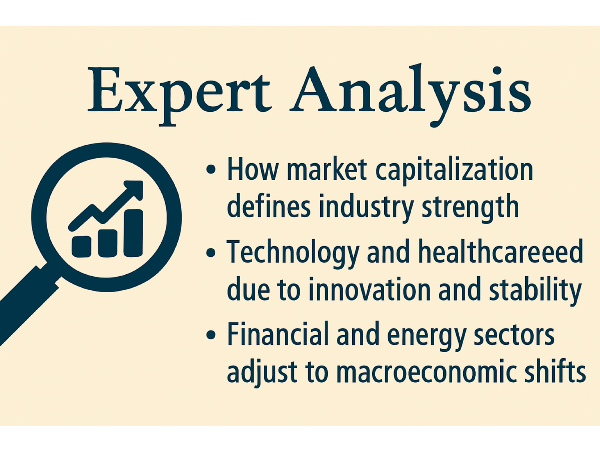

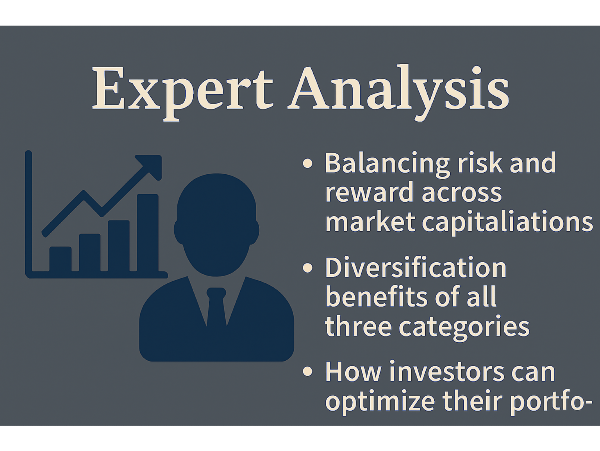

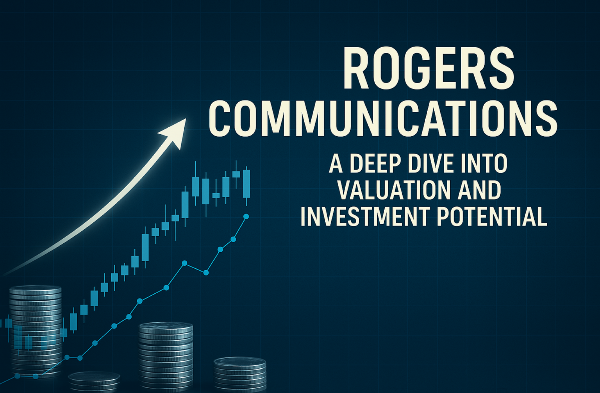
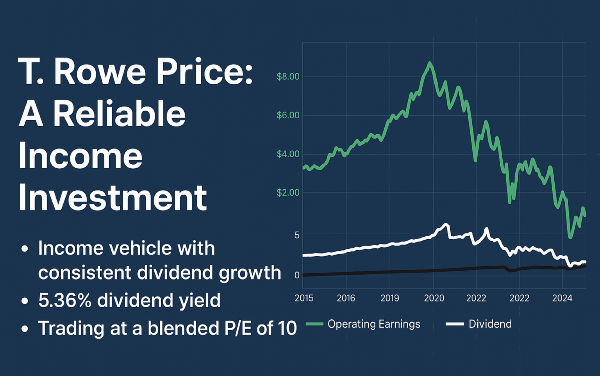


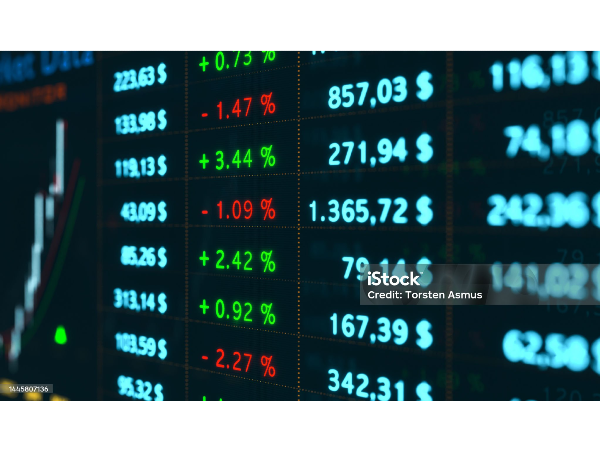


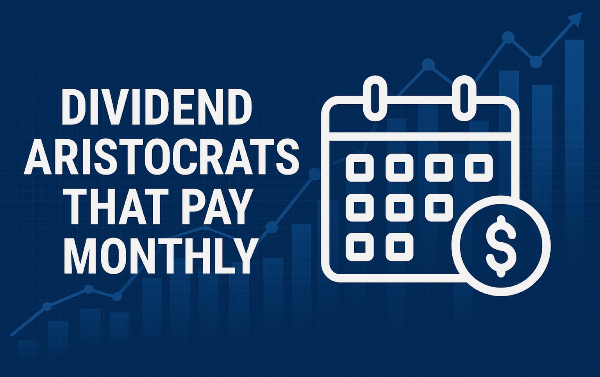

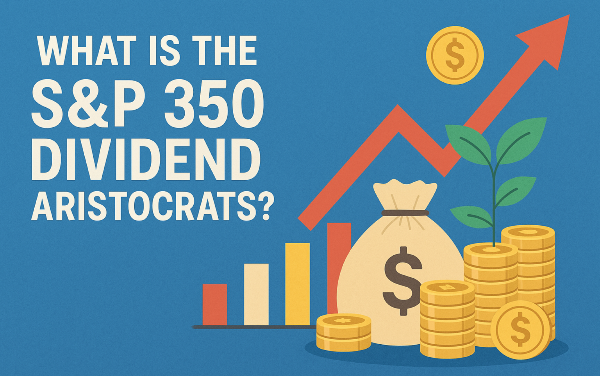





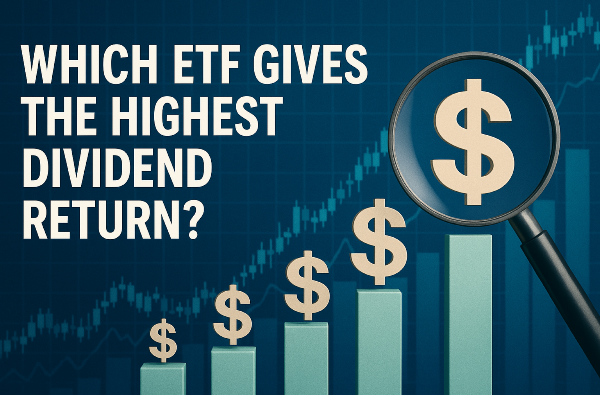








Understanding Large-Cap Stocks in Global Markets
Introduction
Large-cap stocks represent companies with substantial market capitalization, often exceeding $10 billion. These firms are industry leaders, offering stability, strong financial performance, and long-term growth potential. International large-cap stocks provide investors with global diversification, reducing risk while capturing opportunities across different economies. Key regions such as North America, Europe, and Asia dominate the large-cap landscape, with companies spanning technology, healthcare, finance, and industrial sectors. Understanding these market leaders helps investors refine their portfolios and align with global economic trends.
North American Large-Cap Stocks: Stability and Market Influence
North American large-cap stocks dominate global markets, offering stability and strong financial performance. Companies like Apple AAPL and Microsoft MSFT lead the technology sector with massive market capitalizations, driving innovation in artificial intelligence and cloud computing. Healthcare giants such as Johnson & Johnson JNJ provide consistent returns, benefiting from pharmaceutical advancements and medical technology. Financial institutions, including JPMorgan Chase JPM, maintain significant influence, shaping investment trends through banking and asset management. Growth trends in technology, healthcare, and financial sectors continue to strengthen North American large-cap stocks. The technology industry is expanding rapidly, fueled by AI-driven solutions and semiconductor advancements. Healthcare stocks remain resilient, supported by aging populations and increased demand for medical innovation. Financial firms benefit from rising interest rates and evolving investment strategies, reinforcing their market dominance.
North American stocks play a crucial role in shaping global investment strategies, influencing market sentiment and economic trends. Their performance often dictates broader market movements, with leading companies driving innovation and profitability. Investors tracking these developments can capitalize on emerging opportunities, ensuring portfolio growth aligned with technological advancements, healthcare stability, and financial sector expansion.
Sources:
MarketBeat Wall Street Oasis
European Large-Cap Stocks: Innovation and Economic Strength
European large-cap stocks represent some of the most influential companies in global markets, spanning industries such as technology, healthcare, and consumer goods. Firms like SAP SAP and Novo Nordisk NVO maintain high market capitalizations, reflecting their leadership in enterprise software and pharmaceuticals. Luxury brands such as LVMH LVMUY and Hermès HESAY contribute significantly to the European market, demonstrating the region’s strength in high-end consumer goods. Market capitalization trends in European industries highlight the region’s ability to adapt to technological advancements and economic shifts.
The technology sector continues to expand, with ASML ASML leading in semiconductor manufacturing. Healthcare firms such as Roche RHHBY and Sanofi SNY maintain strong valuations due to consistent demand for medical treatments and innovation in biotechnology. Consumer goods companies, including Nestlé NSRGY, benefit from global brand recognition and steady revenue streams, reinforcing Europe’s market stability. European stocks play a crucial role in global diversification, offering investors exposure to established industries and emerging market opportunities. The region’s financial sector, represented by firms like Allianz ALIZY and Banco Santander SAN, provides stability amid economic fluctuations. Industrial leaders such as Siemens SIEGY and Airbus EADSY drive infrastructure development and technological innovation.
Sources:
Companies Market Cap FinanceCharts
Asian Large-Cap Stocks: Emerging Market Growth and Stability
Asian large-cap stocks play a crucial role in global markets, with leading companies in China, Japan, and South Korea driving economic expansion. Firms like Tencent TCEHY and Alibaba BABA dominate the technology sector, leveraging e-commerce and cloud computing innovations. Japan’s Toyota TM remains a global leader in automotive manufacturing, while South Korea’s Samsung SSNLF leads in semiconductor production and consumer electronics.
Market capitalization trends in technology, finance, and manufacturing highlight Asia’s economic strength. China’s financial sector, represented by firms like ICBC IDCBY, continues to expand, benefiting from domestic and international banking operations. Japan’s industrial sector thrives with companies such as Mitsubishi MSBHF, which plays a vital role in infrastructure and energy solutions. South Korea’s Hyundai HYMTF remains a dominant force in automotive innovation, contributing to the region’s manufacturing growth. The region’s rapid technological advancements, strong financial institutions, and robust manufacturing capabilities provide stability amid market fluctuations. Investors tracking Asian large-cap stocks can capitalize on economic expansion, leveraging opportunities in high-growth industries.
Sources:
Bloomberg and Lombard Odier Investment Managers
Latin American Large-Cap Stocks: Opportunities in Emerging Markets
Latin American large-cap stocks present strong investment potential, driven by key industries such as energy, telecommunications, and financial services. Companies like América Móvil AMX and Ecopetrol EC maintain significant market capitalizations, reflecting their leadership in telecom and energy sectors. Brazil and Mexico dominate the region’s stock market, with firms benefiting from abundant natural resources and robust domestic demand. Economic trends influencing stock performance in Latin America include inflation control, monetary policy shifts, and trade agreements. The region’s central banks have taken proactive measures to stabilize inflation, creating a favorable investment climate. Brazil’s trade expansion with China and Mexico’s growing exports to the U.S. enhance economic prospects, supporting stock market resilience.
Notable companies shaping Latin American investment growth span multiple industries. Ambev ABEV, a leading beverage company, benefits from strong consumer demand, while financial institutions like Banco Santander SAN drive banking sector expansion. Energy firms such as Petrobras PBR and Vale VALE play a crucial role in global commodities markets, reinforcing Latin America’s economic influence.
Sources:
Morgan Stanley StockNews Morningstar
Sector-Based Analysis of International Large-Cap Stocks
Technology remains a dominant force in global markets, with innovation leaders driving industry growth. Companies like Apple AAPL and Nvidia NVDA lead in artificial intelligence, cloud computing, and semiconductor advancements. As AI adoption accelerates and digital infrastructure expands, technology stocks continue to be a cornerstone of international investment portfolios. Healthcare stocks provide stability and long-term growth potential, benefiting from consistent demand for medical treatments and pharmaceutical advancements. Large-cap companies such as Johnson & Johnson JNJ and Roche RHHBY maintain strong valuations due to their leadership in drug development and biotechnology.
Companies like JPMorgan Chase JPM and Banco Santander SAN drive financial sector performance, benefiting from interest rate fluctuations and evolving investment strategies. Meanwhile, the energy sector is undergoing a transformation, with traditional oil and gas firms like ExxonMobil XOM adapting to renewable investments. Companies such as NextEra Energy NEE are leading the shift toward sustainable energy solutions, influencing market capitalization trends and long-term investment strategies.
Sources:
Deloitte Benchmark International Disfold
Risks and Considerations in International Large-Cap Investing
Exchange rate volatility can impact returns, as currency depreciation may reduce the value of foreign investments. Geopolitical tensions, such as trade disputes and regional conflicts, can disrupt markets, affecting stock performance. Regulatory challenges and market volatility further complicate international investing. Different countries impose varying financial regulations, affecting corporate governance and investor protections. Sudden policy changes, such as tax reforms or trade restrictions, can influence stock valuations. Additionally, emerging markets may experience higher volatility due to economic instability or political shifts.
Strategies for mitigating risks in global stock investments include diversification and hedging techniques. Allocating funds across multiple regions and industries reduces exposure to localized economic downturns. Currency hedging strategies, such as forward contracts, help protect against exchange rate fluctuations. Monitoring geopolitical developments and adjusting investment allocations accordingly can enhance portfolio resilience.
Sources:
IMF J.P. Morgan S&P Global
Conclusion
International large-cap stocks play a critical role in shaping global investment strategies, offering stability, growth potential, and sector-specific advantages across different economies. North America and Europe lead in financial strength and innovation, while Asia and Latin America provide emerging opportunities in technology, healthcare, and industrial sectors. By understanding market dynamics, investors can refine portfolio diversification, balancing exposure to established and high-growth industries. As global economies evolve, large-cap stocks remain essential for long-term success, ensuring steady returns amid shifting economic conditions and technological advancements.
Expert Analysis: How International Large-Cap Stocks Shape Global Investment
Evaluating Global Market Leaders for Strategic Portfolio Growth
International large-cap stocks provide investors with exposure to global economic trends, offering stability and growth potential across diverse markets. North America and Europe lead in innovation and financial strength, while Asia and Latin America present emerging opportunities. Understanding regional market dynamics helps investors refine strategies, ensuring balanced exposure to established and high-growth industries for long-term success.
📌Read Further:
The Top Large Cap Stocks- https://stockbossup.com/pages/topics/large-cap
What Are Large US Cap Stocks?- https://www.stockbossup.com/pages/post/38590/what-are-large-us-cap-stocks
What is the Best ETF for Large Cap Growth?- https://stockbossup.com/pages/post/38747/what-is-the-best-etf-for-large-cap-growth